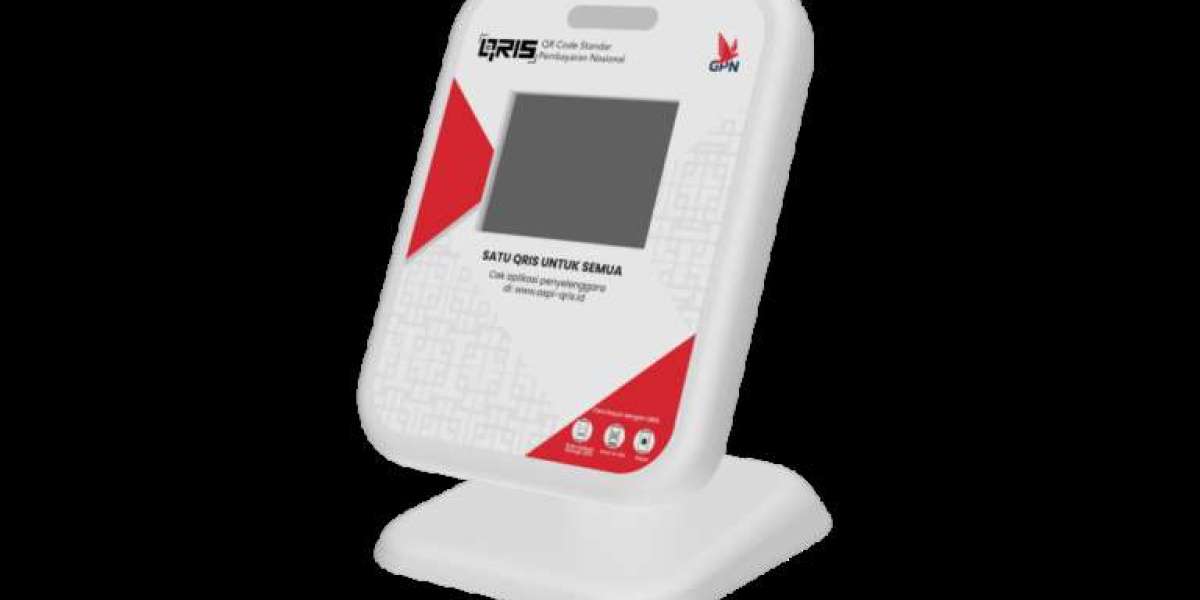The textile industry is rapidly evolving, driven by advancements in printing technologies that offer speed, precision, and sustainability. At the forefront of this transformation are digital textile printers, which have redefined how fabrics are decorated and customized. Two of the most widely used methods— digital sublimation and reactive print—have revolutionized printmaking on fabric, opening up endless opportunities for designers, manufacturers, and businesses alike.
In this blog, we’ll take a closer look at how digital textile printers work, the difference between sublimation and reactive printing, and why these innovations are shaping the future of textiles.
What Are Digital Textile Printers?
Digital textile printers are specialized machines that print designs directly onto fabric using computer-controlled technology. Unlike traditional methods such as block or screen printing, digital systems allow for intricate patterns, unlimited colors, and quick customization without the need for lengthy setup processes.
A fabric digital printer offers precision and flexibility, enabling businesses to create both small-batch custom designs and large-scale production runs. Whether you’re in fashion, home décor, or industrial textiles, digital technology has made printmaking on fabric more versatile and efficient.
Understanding Digital Sublimation
One of the most popular methods powered by digital textile printers is digital sublimation. This process involves printing the design onto transfer paper using sublimation inks. When heat and pressure are applied, the ink turns into gas and bonds directly with the fibers of polyester or synthetic fabrics.
The benefits of digital sublimation include:
Durability – Colors do not crack, peel, or fade.
Vibrancy – High-resolution designs produce rich, bold hues.
Comfort – Since the ink becomes part of the fabric, the print feels smooth and breathable.
For businesses using a fabric digital printer, sublimation is ideal for sportswear, interior fabrics, promotional goods, and signage. It is fast, eco-friendly, and perfect for detailed graphics.
Exploring Reactive Print
While sublimation works best for polyester, reactive print is designed for natural fibers like cotton, silk, and viscose. With this method, the fabric is printed using reactive dyes directly through digital textile printers. The fabric is then steamed, washed, and dried to fix the colors permanently.
Advantages of reactive print include:
Soft Finish – Prints retain the natural softness of the fabric.
Color Depth – Reactive dyes penetrate deep into fibers for long-lasting results.
Versatility – Suitable for high-fashion apparel, luxury scarves, and bedding.
With a fabric digital printer, businesses can achieve the perfect balance of quality and comfort, making reactive print the go-to choice for natural textiles.
Digital Sublimation vs. Reactive Print
When comparing digital sublimation and reactive print, the choice largely depends on the type of fabric and end use:
Digital Sublimation: Best suited for polyester and synthetic blends, ensuring durability and vibrant designs.
Reactive Print: Ideal for natural fabrics where softness and breathability matter most.
Both methods have expanded the possibilities of printmaking on fabric, giving designers the freedom to experiment across materials and styles.
The Role of Fabric Digital Printers in Modern Production
At the heart of these methods lies the fabric digital printer. These machines bridge creativity with production efficiency. Unlike older printing technologies, digital printers:
Eliminate the need for screens or plates.
Reduce water and chemical usage, supporting sustainability.
Enable on-demand production, reducing inventory waste.
By adopting digital textile printers, businesses gain the flexibility to keep up with fast-changing consumer demands while also lowering their environmental footprint.
Printmaking on Fabric: A Digital Evolution
Historically, printmaking on fabric was a labor-intensive process involving stencils, dyes, and handwork. Today, digital solutions have transformed this art into a technology-driven practice. Designers can now create patterns digitally and see them come alive on textiles within minutes using fabric digital printers.
Digital sublimation has brought photorealistic prints to polyester fabrics, while reactive print ensures cotton and silk retain their natural charm. Together, these technologies represent the modern face of printmaking on fabric—a blend of tradition and innovation.
Why Businesses Are Switching to Digital Textile Printers
The demand for personalization, faster turnaround times, and sustainable practices is pushing industries toward digital textile printers. By using digital sublimation or reactive print, manufacturers can:
Produce small, customized batches cost-effectively.
Achieve consistent quality across orders.
Explore diverse applications from fashion to interiors.
A fabric digital printer not only boosts productivity but also helps brands stand out in a competitive market.
Conclusion
From digital sublimation to reactive print, digital textile printers are redefining how fabrics are designed, produced, and experienced. These innovations make printmaking on fabric more efficient, versatile, and eco-conscious, catering to both mass production and niche customization.
With the right fabric digital printer, businesses can unlock new opportunities in fashion, décor, and beyond—bringing creativity and technology together in every piece of fabric







